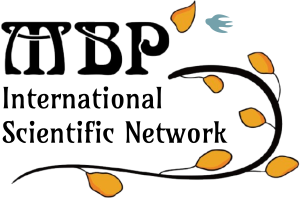MBP International Scientific Network
Aleksandra HECEL
Researcher
Research Activities
The aim of my project is to understand the bioinorganic chemistry of biologically significant copper transporters in bacteria. We select, synthesise, analyse the thermodynamics and structure of copper periplasmic and cytosolic chaperones, their transmembrane importer/exporter metal binding domains and storage proteins. There is a significant gap in our understanding of copper importing systems in many prokaryotic organisms. Furthermore, bacterial Cu transport systems are far more diverse than in eukaryotes, and some copper uptake mechanisms are confined to one bacterial group or even one species, hence understanding the transport mechanism is extremely complex. The difference in copper transport between the eukaryotic host and the prokaryotic bacteria are one of the few differences that can be aimed at when designing novel, effective antimicrobial strategies. Understanding bacterial copper transport is the first absolutely crucial step towards obtaining this ambitious goal. The impact of the results of this project will be a large input into the fascinating research field of the not yet well explored bioinorganic chemistry of metal binding sites for novel copper chaperones in bacteria. There is a significant limitation in our understanding of bacterial copper transport. The challenges that we will face are: (i) Which are the precise copper binding sites? (ii) Can they be blocked with other metal ions, such as zinc? (iii) Can we use chalcophores or periplasmic copper binding peptides as targeting molecules, to which we can attach conventional antibiotics which could then in such a way be specifically delivered to a precise bacterial copper transporter? My ambition is to clarify different binding sites, thermodynamical features and structural details, which, what is even more important, will really be a milestone in understanding the mechanism of metal pathway and finally may help to find new, specific antimicrobial drugs.
Expertise
I have experience in solution thermodynamics of metal-peptide complexes; technique-wise we use potentiometry; ITC; MS; fluorescence NMR; CD; UV-Vis; EPR spectroscopy to establish metal binding sites in proteins and peptides.Research Areas
Metal-binding Peptides in Health Metallopeptides & ImagingAffiliations
- The Biologically Active Metallopeptides Group – University of Wrocław Wrocław, Poland
